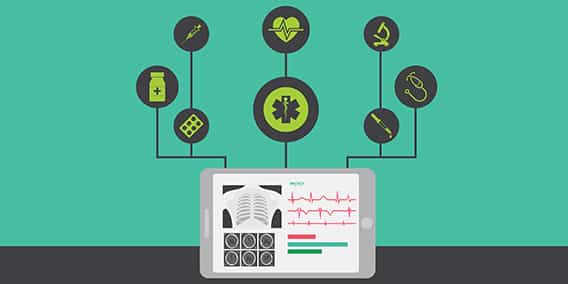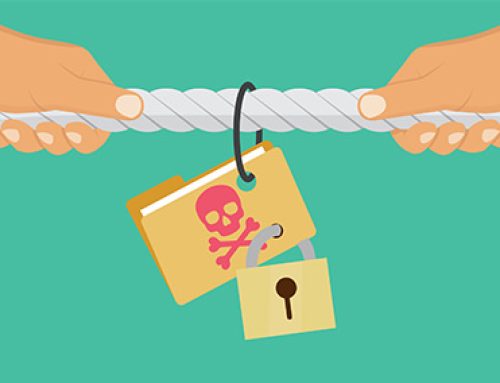Last week we talked about some interesting ransomware data from Beazley Breach Response, an organization that helps clients handle data breaches. While everyone knows ransomware is a problem, finding out the factors driving attacks is always useful.
In addition to the financial services data they shared, they examined incidents impacting the healthcare industry. And that’s important, because when they found ransomware attacks quadrupled in 2016, they also found nearly half of these attacks hit the healthcare sector.
Given that locking a hospital, private practice or clinic out of its data can have a devastating effect on patient outcomes, this positions ransomware as a major threat. Even one brief attack can stop physicians and staff from accessing medical histories, test and lab results. These days a significant percentage of medical equipment is networked and vulnerable, from laboratory refrigerators to pacemakers. Criminals know this and they know hospitals are likely to pay that ransom if they can’t quickly failover to an adequate backup.
So what does this mean for healthcare?
In 2016, they found that healthcare incidents fell into several categories:
- Unintended disclosure: 40%
- Portable device: 8%
- Physical loss: 12%
- Other/unknown: 9%
- Insider: 12%
- Hack or malware: 19%
While unintended disclosure – misdirected faxes and emails or the improper release of discharge papers – rose from 30% in 2015, there is some good news, hacks and malware decreased from 27% in 2015. That could be a sign of improved defenses and better staff training.
Stopping ransomware with better BDR
Last week we mentioned the basics of stopping attacks through perimeter protection, solid incident response plans and other smart practices. But today we’re going to focus specifically on the strong role BDR plays in thwarting ransomware attacks.
Speed is everything. Delays are the crux of ransomware vulnerability. If recovery takes too long, most healthcare organizations feel forced to pay that ransom. But onQ can get you back on top in just minutes, thanks to our 1-click, recovery technology. This near-instant recovery is the deciding factor when it comes to thwarting a ransomware attack and protecting data access and patient health.
The cloud also plays a role in fast and complete recovery. On-premises backups still matter, but the cloud can help you failover with a click of the button to keep the entire show running. Cloud elasticity and scalability can also help healthcare organizations by accommodating fluctuations in demand without wasting unused IT resources.
Keep things simple with a unified solution. When ransomware hits, chaos and panic often set in – especially when the IT team is using multiple solutions for backup and disaster recovery. Valuable time is wasted trying to get support from vendors that point fingers elsewhere. Today you can enjoy high availability, disaster recovery and cloud failover from a single product, onQ – which means a simpler recovery process with a single support team that understands your needs, your challenges and your configuration. That’s valuable efficiency when it matters most.
Demand your replica environments perform at full speed and power. Even if the hospital can failover quickly, IT leaders may worry that doctors, lab techs, ER clerks and other staff may not be able to do their jobs with a sluggish backup environment. An effective ransomware rebuttal includes a solution that delivers replicas that run as fast as your normal environment.
Ransomware attackers know that healthcare is one of their most vulnerable and therefore profitable targets. Paying a ransom once often means another attack is on the way. To mount a serious defense, healthcare IT leaders must prioritize an advanced backup and disaster recovery solution or they will put their budgets, reputations and patients’ lives at risk.





